Why Giraffes Shouldn’t Exist
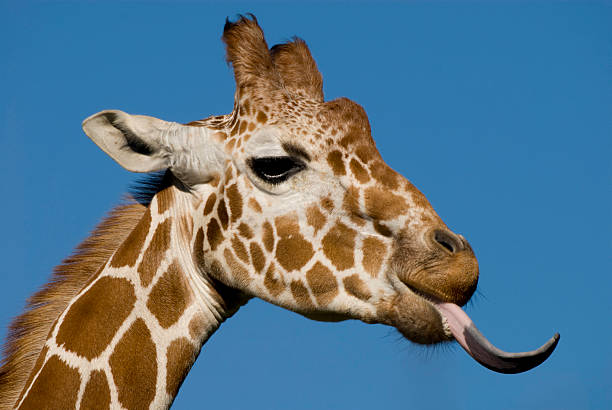
Giraffes are evolution’s greatest gamble, defying logic with their iconic long necks. Standing up to 18 feet tall, their extreme height creates a host of biological challenges, from pumping blood to their brains to managing blood pressure while drinking water. To survive, giraffes evolved a powerful heart, weighing up to 25 pounds, capable of generating double the blood pressure of most mammals. Special valves and thick-walled arteries prevent them from passing out every time they lower their heads to drink—a feat of engineering that has baffled scientists for decades. Learn more.
Even their necks, which house just seven vertebrae like most mammals, stretch evolutionary norms. Studies in BMC Evolutionary Biology suggest their long necks evolved for both feeding on high foliage and neck-to-neck combat during mating rituals, a risky dual purpose. But such extreme specialization comes at a cost: giraffes are vulnerable to habitat loss and environmental changes. Despite these challenges, their evolutionary gamble has paid off, making them one of the planet’s most unique—and improbable—species.
Why Pistol Shrimp Shouldn’t Exist
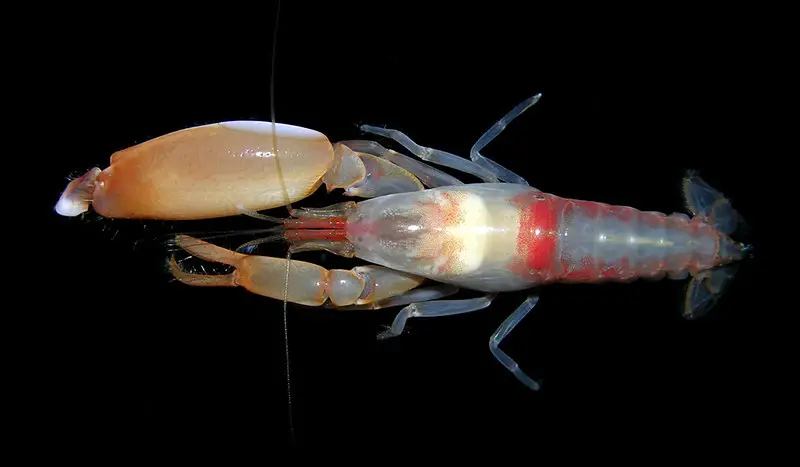
The pistol shrimp has one of the most powerful weapons in the ocean: its claw. By snapping it shut at lightning speed, it creates a bubble that implodes with a sound louder than a gunshot and a temperature hotter than the sun’s surface. This “sonic boom” stuns or kills prey instantly, giving the pistol shrimp its name and its fearsome reputation.
What’s more, this tiny predator uses its claw as a tool for communication and defense, signaling to other shrimp and deterring potential threats. According to studies in Proceedings of the Royal Society B, the pistol shrimp’s abilities evolved to help it thrive in competitive environments. Its adaptations are so extreme that they’ve inspired engineers studying underwater acoustics and high-energy processes. The pistol shrimp is a perfect example of how evolution can weaponize even the smallest creatures.
Why Platypus Shouldn’t Exist
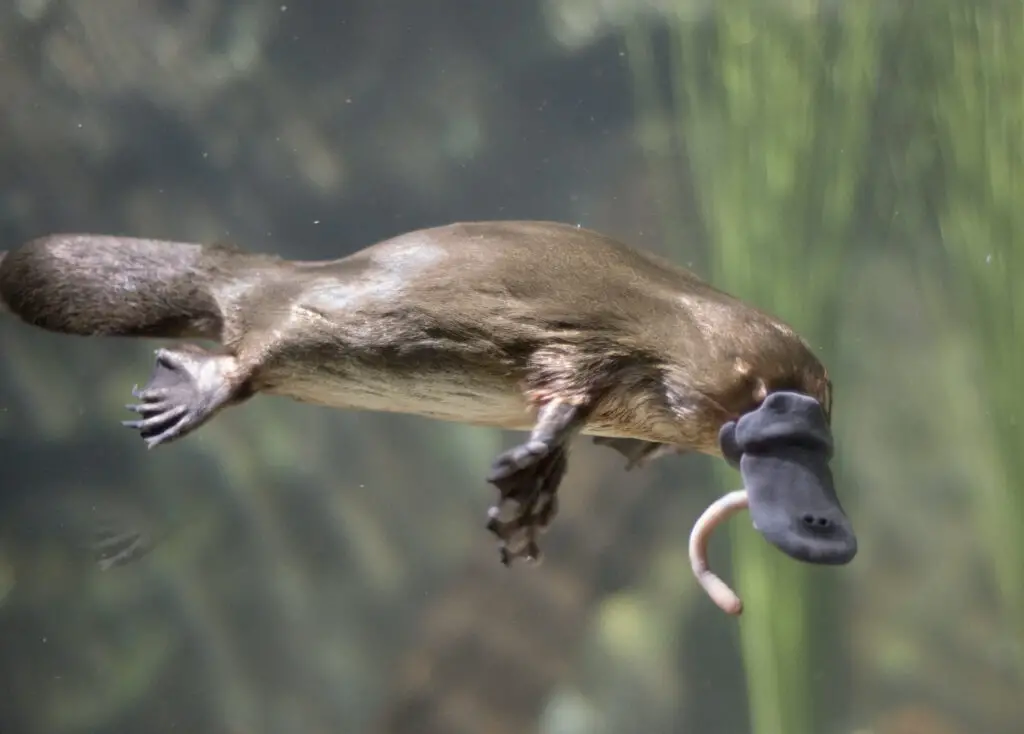
The platypus is a creature that looks like evolution went on a creative spree. This egg-laying mammal has features borrowed from birds, reptiles, and mammals, including a duck-like bill, webbed feet, and a venomous spur on its hind legs. It can even detect electrical signals emitted by prey underwater using electroreceptors in its bill—a skill more commonly associated with sharks than mammals. Early European scientists thought the platypus was a hoax, suspecting someone had stitched together parts of different animals. But despite its bizarre traits, the platypus is one of Australia’s most effective aquatic hunters.
Its genetics are equally mind-boggling. Research in Nature Communications reveals that the platypus genome includes traits from mammals, reptiles, and birds, making it one of evolution’s greatest anomalies. Its venom, containing 83 proteins, likely evolved for self-defense and competition during mating. Despite its odd mix of features, the platypus thrives in its environment, proving that nature doesn’t need to make sense to succeed. This evolutionary enigma highlights how adaptability and uniqueness can lead to survival, even when logic suggests otherwise. The platypus reminds us that evolution’s creativity has no limits.
Why Crypt Keeper Wasps Shouldn’t Exist
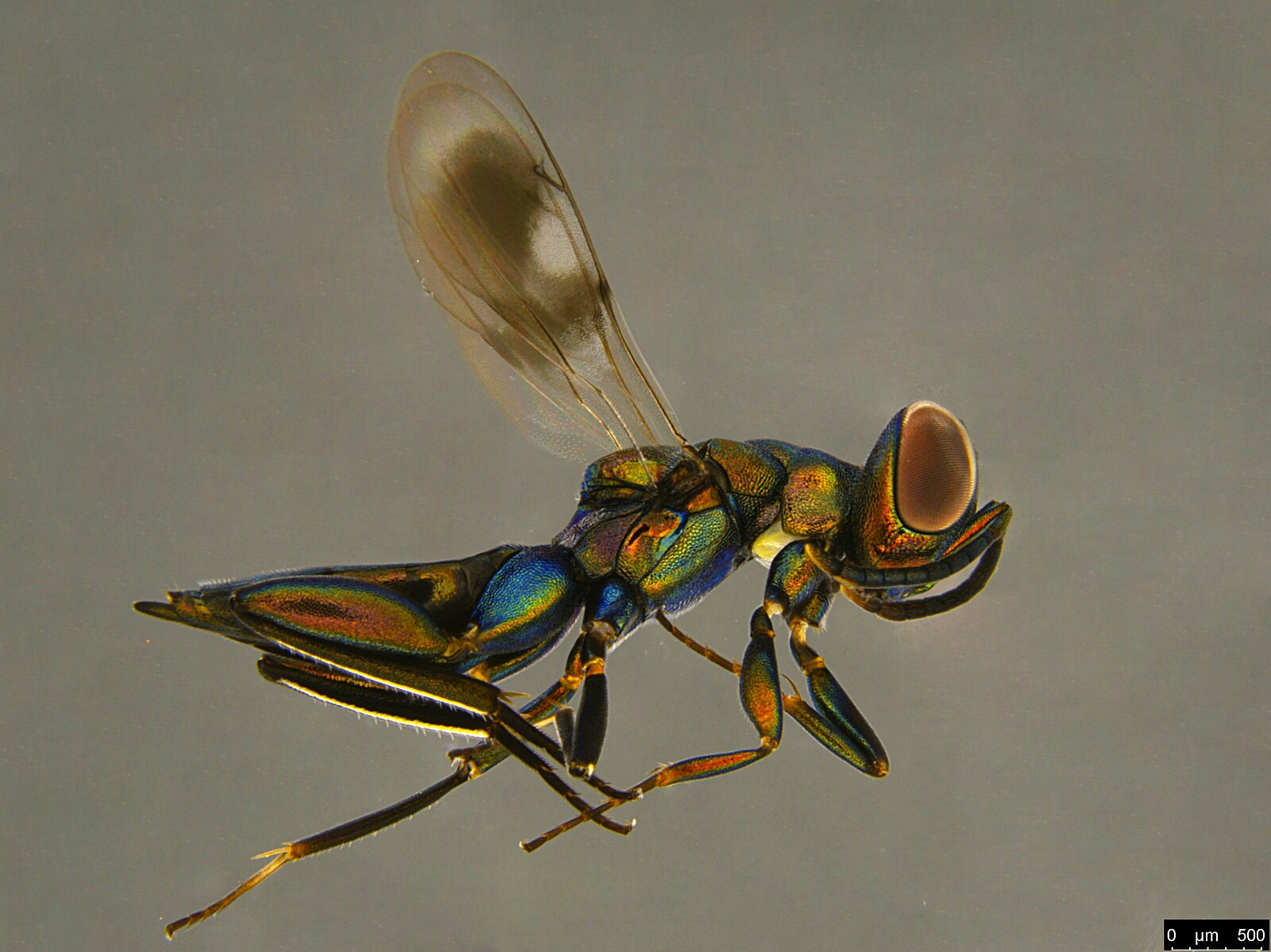
The crypt keeper wasp’s life cycle reads like a horror story. This parasitic insect lays its eggs inside the bodies of other insects, usually gall wasps. Once the crypt keeper larvae hatch, they manipulate their host to seal itself inside its burrow, essentially creating a tomb for itself and the parasitic young. The host dies, and the cryptkeeper larva feeds on its remains until it’s ready to emerge.
This gruesome strategy is a textbook example of parasitic manipulation, where one species controls another for its benefit. Studies in Nature Communications reveal how the cryptkeeper wasp evolved this morbidly efficient behavior to ensure its survival. Despite its small size, this wasp’s ability to hijack another insect’s life is one of evolution’s most sinister innovations.
Why Anglerfish Shouldn’t Exist
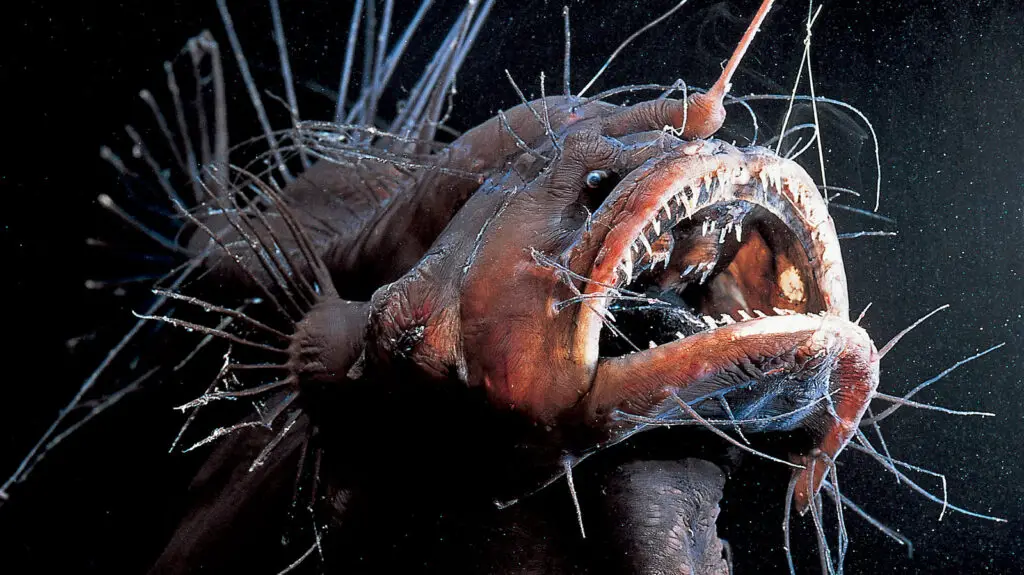
The anglerfish is evolution’s most terrifying masterpiece, thriving in the crushing depths of the ocean where few creatures dare to exist. Using a bioluminescent lure dangling from its head, powered by symbiotic bacteria, it entices prey in total darkness. Found more than 6,000 feet below the surface, this deep-sea predator devours prey twice its size, thanks to its massive jaws and expandable stomach. Its ability to survive in such extreme conditions is baffling, as few species can endure the immense pressure and lack of food.
Even stranger is its bizarre mating strategy. Males, which are tiny compared to females, permanently fuse their bodies to the larger female, becoming a parasitic sperm supply. Over time, their eyes, fins, and organs degenerate, leaving only the testes functional. This extreme sexual dimorphism ensures reproduction in the sparse, pitch-black abyss. Studies in Nature Communications reveal that these adaptations are perfectly suited to the anglerfish’s hostile habitat, but they defy traditional evolutionary efficiency. It’s a creature so bizarre it could only exist in the deep sea.
Why Axolotls Shouldn’t Exist
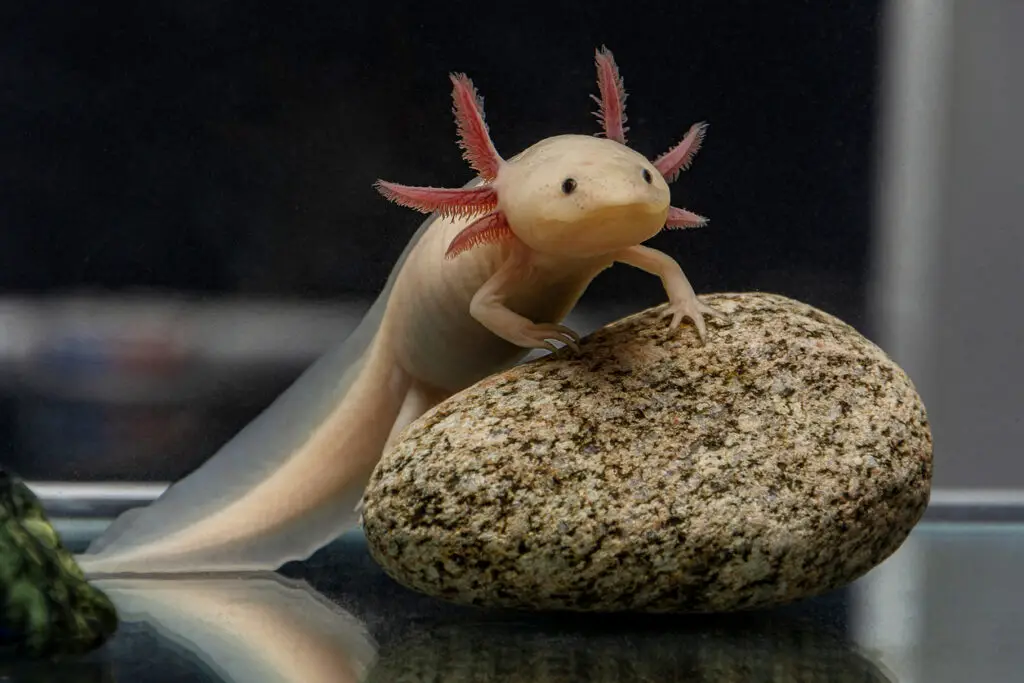
Axolotls break every evolutionary rule by refusing to grow up. Unlike most amphibians, they remain in their juvenile state for life, retaining gills and living underwater through a process called neoteny. This perpetual youth defies logic but allows them to thrive in their stagnant lake habitats. Even more extraordinary is their ability to regenerate entire limbs, spinal cords, and even parts of their hearts and brains, a superpower few creatures possess.
Their genome, ten times larger than a human’s, holds the secrets to their unparalleled healing abilities. However, this evolutionary quirk comes with risks—axolotls are critically endangered in the wild due to habitat loss and pollution. Studies in Nature Communications reveal that their inability to adapt beyond their aquatic environment makes them uniquely fragile despite their incredible resilience. Axolotls are a paradox: both evolutionary marvels and vulnerable relics.
Why Sea Slugs (Elysia chlorotica) Shouldn’t Exist
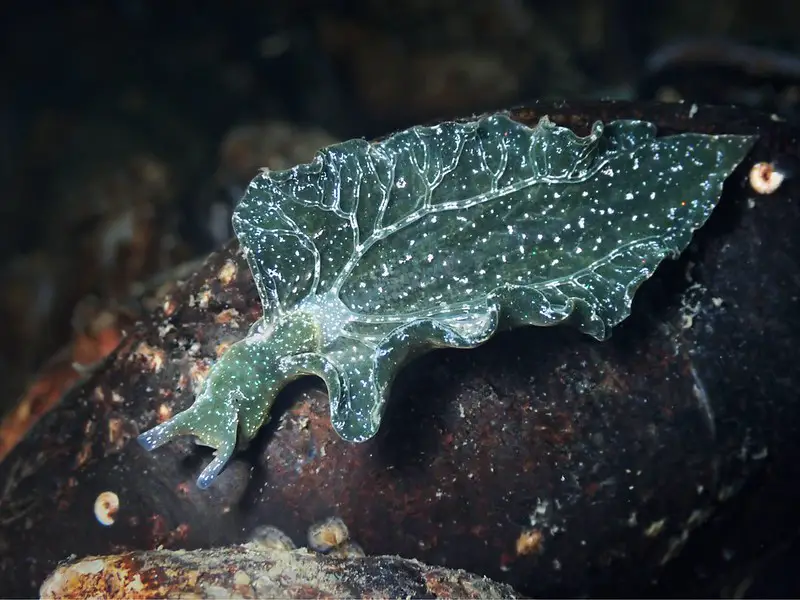
The sea slug (Elysia chlorotica) blurs the line between plant and animal, defying evolutionary categories. This remarkable slug has the ability to photosynthesize like a plant by stealing chloroplasts from the algae it eats. Once incorporated into its cells, these chloroplasts allow the slug to produce energy from sunlight, much like plants do. This process, known as kleptoplasty, enables the slug to survive without food for months.
What’s more, the sea slug doesn’t just steal chloroplasts—it also incorporates algae genes into its own DNA, enabling the stolen chloroplasts to function for extended periods. This gene transfer between completely unrelated species challenges our understanding of genetic evolution. Studies in Proceedings of the Royal Society suggest that this unique adaptation could provide insights into the possibilities of gene therapy and biological energy production. The sea slug is a living example of evolution’s ability to merge the impossible.
Why Immortal Jellyfish Shouldn’t Exist
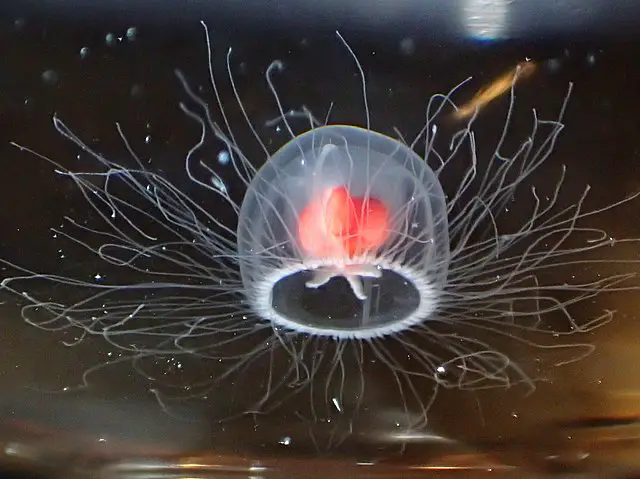
The immortal jellyfish (Turritopsis dohrnii) rewrites the rules of life and death. When faced with injury, starvation, or stress, it reverts to its juvenile stage through a process called transdifferentiation. This biological “reset button” allows it to avoid death entirely and start its life cycle over again. While predators or disease can still kill it, its ability to bypass aging has baffled scientists. Studies in Proceedings of the National Academy of Sciences reveal how its cellular reprogramming holds potential for regenerative medicine and even anti-aging research. Learn more.
Found in oceans worldwide, this jellyfish is small but mighty, with a lifespan that could theoretically last forever. Its incredible adaptation challenges everything we know about natural life cycles and mortality. Dubbed a “biological cheat code,” the immortal jellyfish proves that evolution isn’t just about survival—it’s about bending the rules entirely.
Why Velvet Worms Shouldn’t Exist

Velvet worms are ancient creatures that have remained largely unchanged for over 500 million years, earning them the title of “living fossils.” These soft-bodied predators hunt by spraying a sticky, glue-like substance from specialized glands to immobilize prey instantly. This slime-hardening mechanism is both highly effective and unlike any other hunting strategy in the animal kingdom.
Equally fascinating is their social behavior. Velvet worms exhibit rare group hunting behaviors, often led by dominant females—a trait uncommon in invertebrates. Their unchanged evolutionary design provides a glimpse into life as it existed half a billion years ago, bridging the gap between ancient and modern organisms. Studies in Proceedings of the Royal Society B reveal how their adaptations, though unchanged, still make them successful predators in modern ecosystems.
Why Kakapos Shouldn’t Exist
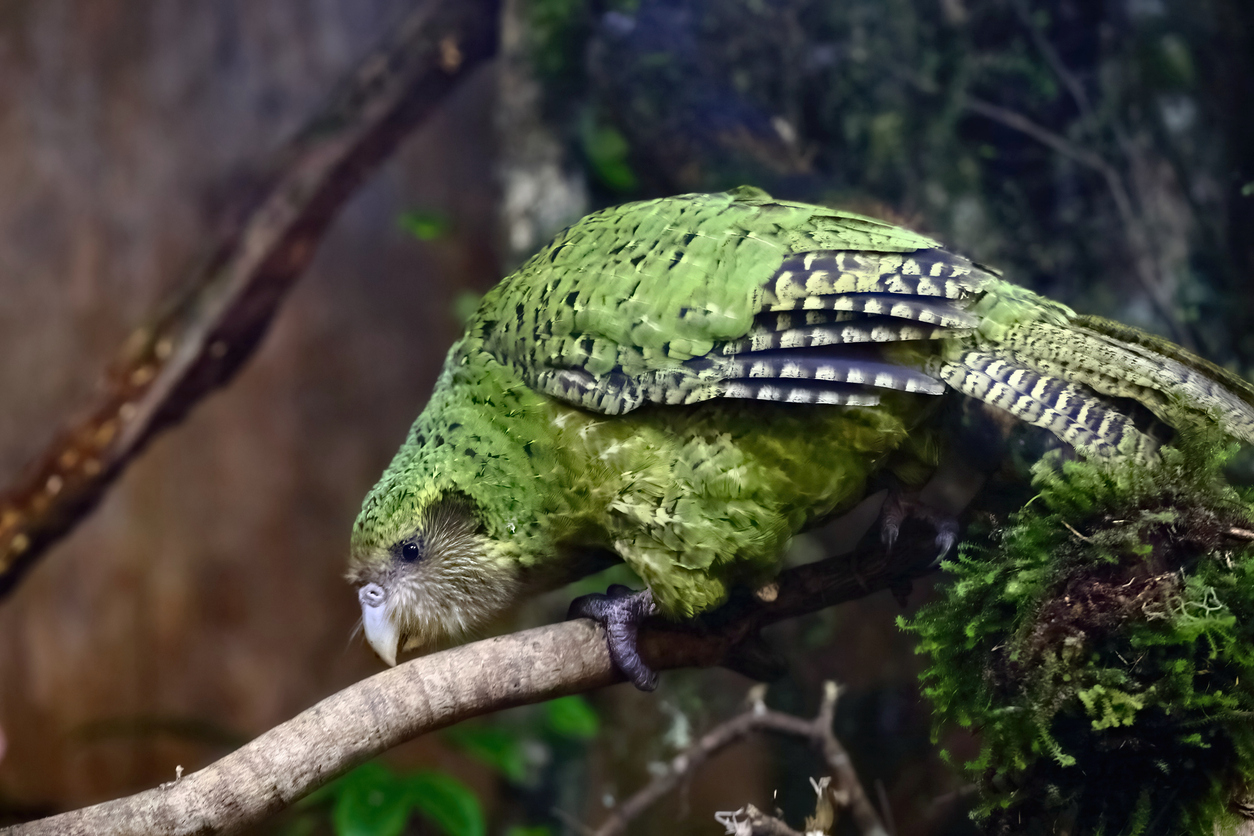
The kakapo, a flightless nocturnal parrot from New Zealand, defies evolutionary logic by thriving with traits that seem ill-suited for survival. Its hefty build, clumsy movements, and inability to fly make it easy prey for predators. Yet, the kakapo relies on its stealth and camouflage to navigate its forest habitats at night. Adding to its evolutionary oddities, the kakapo’s mating strategy involves males calling out with booming sounds that can be heard from miles away, an energy-intensive ritual that rarely guarantees success. Learn more.
With fewer than 250 individuals left, the kakapo is one of the rarest birds in the world, relying almost entirely on conservation efforts to survive. Despite its vulnerabilities, it has persisted for millennia in isolation, proving that sometimes, evolution takes risks—and gets away with it. Studies in Current Biology reveal the kakapo’s unique genetics may hold secrets to understanding avian evolution. Learn more.
Why Tardigrade Shouldn’t Exist
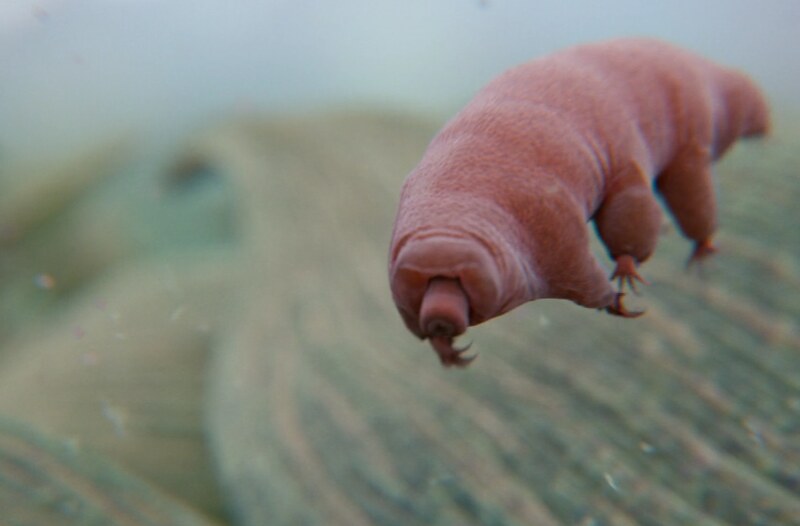
Tardigrades, or “water bears,” are microscopic survivors that laugh in the face of extinction. These tiny creatures, measuring only 0.02 inches long, can withstand the vacuum of space, temperatures from -328°F to 300°F, and radiation levels 1,000 times higher than what humans can tolerate. They survive by entering a state called cryptobiosis, where they lose nearly all water in their bodies and halt their metabolism completely until conditions improve.
Their resilience doesn’t stop there. Tardigrades can repair their DNA after extreme damage and produce unique proteins that protect their cells from radiation and dehydration. Found in environments ranging from deep oceans to mountaintops, they’ve proven that life can thrive against all odds. Studies in Scientific Reports suggest that tardigrades are a symbol of biological ingenuity, challenging everything we know about survival. They are, quite literally, the ultimate underdog.
Why Peacock Mantis Shrimp Shouldn’t Exist
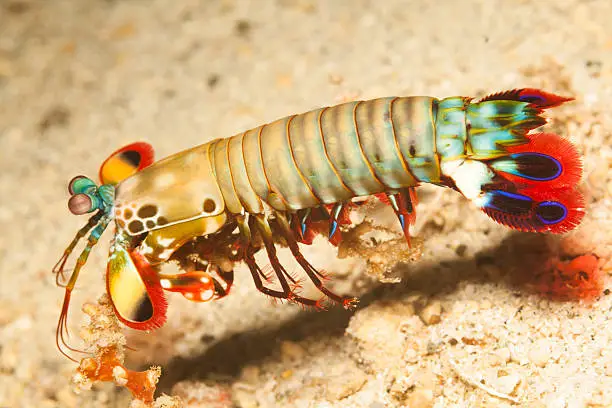
The peacock mantis shrimp is a marvel of brute force and visual genius. Its dactyl clubs deliver punches at speeds of 50 mph, generating heat, light, and enough force to shatter shells—or even aquarium glass. These strikes create cavitation bubbles, which collapse with explosive power, making this shrimp one of the strongest animals relative to its size.
Its extraordinary traits don’t end with its punch. Mantis shrimp also have the most complex eyes in the animal kingdom, capable of seeing ultraviolet and polarized light using 16 photoreceptors. Research in Current Biology suggests this vision helps them navigate coral reefs and communicate. Combining deadly precision with unmatched perception, the peacock mantis shrimp exemplifies nature’s ability to create creatures that defy all expectations.
Why Bombardier Beetles Shouldn’t Exist
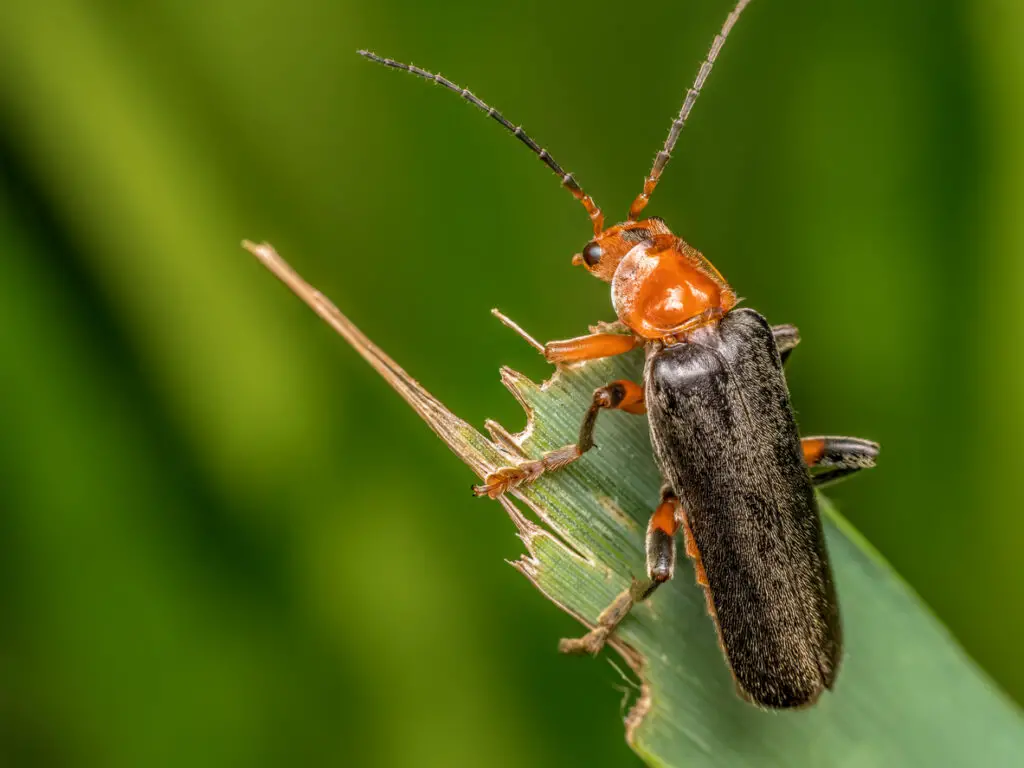
The bombardier beetle defends itself with explosive chemistry. When threatened, it sprays a boiling-hot chemical mixture from its abdomen, deterring predators like frogs or birds. This reaction involves mixing two chemicals—hydroquinone and hydrogen peroxide—in a reaction chamber, creating heat and pressure that ejects the scalding spray at temperatures up to 212°F.
Even more impressive is how the beetle avoids self-harm. Its reaction chamber has heat-resistant linings and valves to regulate the explosive reaction. Studies in Science Advances compare this system to a combustion engine, inspiring innovations in engineering. The bombardier beetle proves that evolution can produce adaptations so advanced they resemble human technology, defying what we think is naturally possible.
Why The Mimic Octopus Shouldn’t Exist
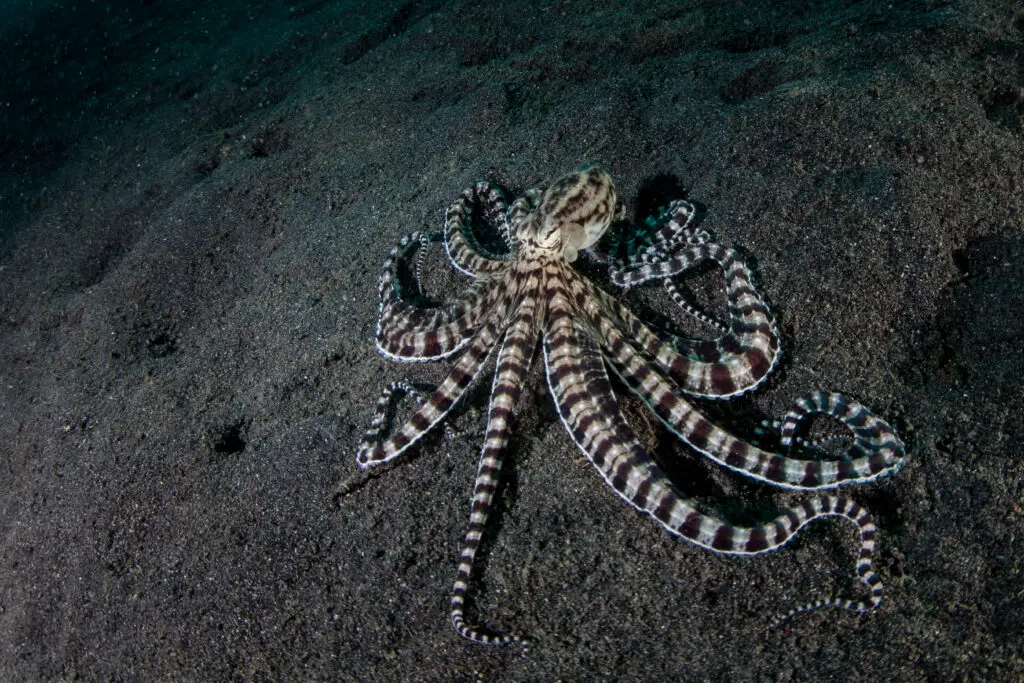
The mimic octopus is the ocean’s shapeshifting genius, capable of impersonating up to 15 other species, including venomous lionfish, sea snakes, and jellyfish. Found in Southeast Asia, it adapts its appearance and behavior to fool predators, often mimicking the most dangerous animals in its habitat. This level of camouflage and impersonation gives it a survival edge that few creatures can match.
Unlike most camouflaging creatures, the mimic octopus customizes its disguise based on the specific threat. For instance, when threatened by a fish, it might flatten itself to resemble a poisonous flatfish. Research in Marine Biology shows that its mimicry is not instinctive but learned and applied in real-time. The mimic octopus proves that survival is not just about physical traits but also adaptability and intelligence.
Naked Mole Rat
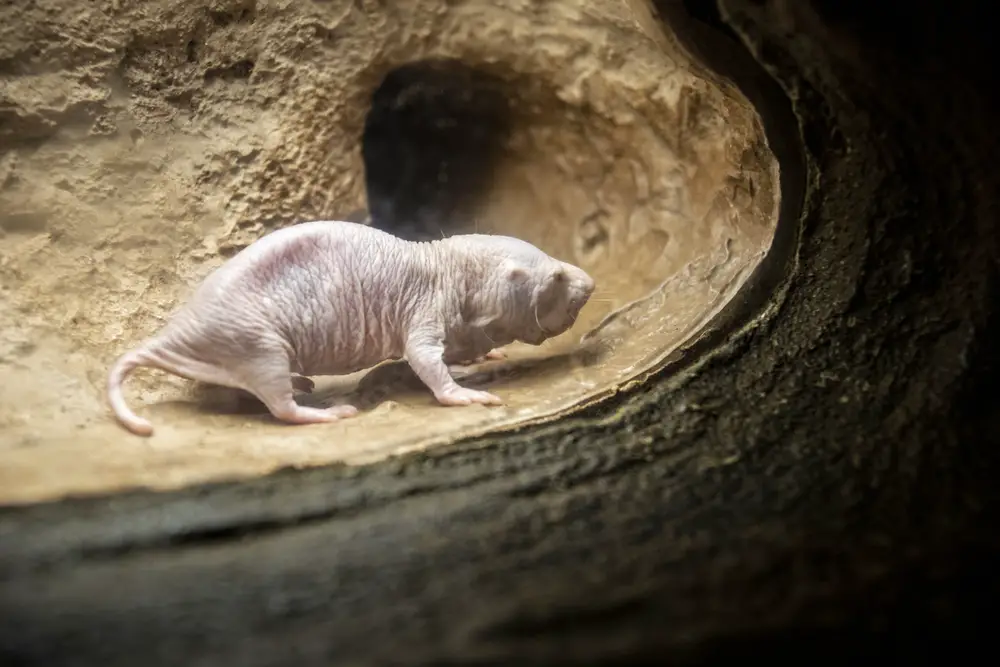
The naked mole rat may look unassuming, but it’s one of evolution’s greatest success stories. These hairless rodents are immune to cancer, can survive for up to 18 minutes without oxygen, and live in eusocial colonies similar to ants or bees, with a single breeding queen. Their cells are highly resistant to damage, and they produce a unique sugar molecule, hyaluronan, that prevents cancerous growths.
Their social structure also challenges traditional mammalian behavior. Colonies of up to 300 individuals work together to protect the queen and gather food, creating one of the most cooperative systems seen in mammals. Studies in Science Advances show how their physiology and behavior allow them to thrive in underground burrows where oxygen is scarce and predators are a constant threat. Naked mole rats are proof that evolution sometimes prioritizes teamwork and resilience over aesthetics.


